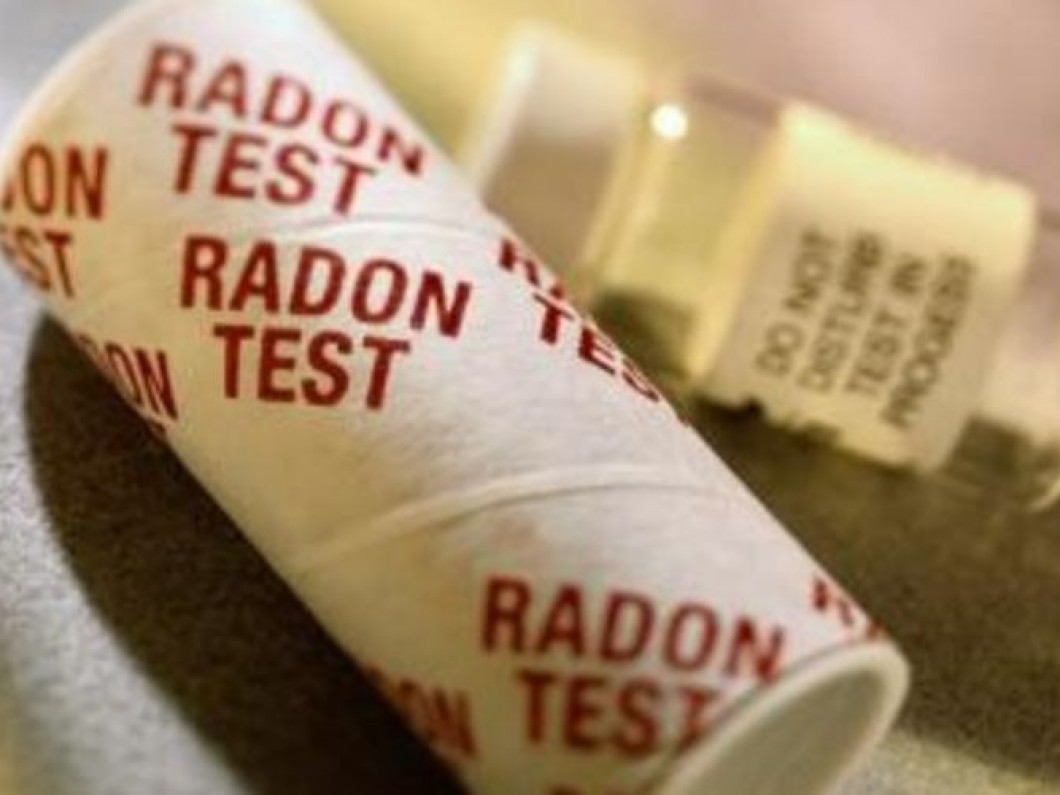
Radon Testing
What is Radon?
Radon is an invisible and odorless radioactive gas which occurs naturally from decaying uranium underneath the earth’s surface. Though you cannot see, smell, or taste radon, it is there and may be a problem in your home or office. Radon gas rises through the soil and seeps through cracks, holes, and drain pipes in the foundation or basements of buildings. Radon gas can be found all over the United States, and according to the U.S. Environmental Protection Agency (EPA) 1 out of every 15 homes in the United States has high levels of radon gas. But why do you care? Uranium in soils decays creating a radioactive gas – Radon – that is attributed to causing over 20,000 deaths per year (according to the EPA). Radon gas is noxious throughout the U.S.A.
Your home is a trap for radon gas, allowing it to build up and preventing it from dissipating into the air naturally. Radon can enter through unsealed crawl spaces, cracks in floors and foundation, and the water supply.
 Is it necessary to get high radon mitigated?
Is it necessary to get high radon mitigated?
Just like smoking cigarettes, it is not certain you will obtain lung cancer from high radon levels.
However, a radon level above 4.0pCi/L is proven to result in lung cancer; in fact, it is the leading cause of lung cancer in non-smokers. By not mitigating high levels, you are only exponentially increasing your chances.
What can Radon do to you?
Radon gas contains radioactive particles which get trapped in your lungs every time you take a breath. As these particles break down, they release bursts of radiation that damage or destroy lung tissue and cause lung cancer, and long-term exposure may even cause death. Do you have any of the following in your home?
- Cinder-block, brick or rock wall
- Exposed soil in the basement or foundation
- Cracks in the basement wall or foundation
- An open sump pump hole or floor drain
- Spaces between walls and floors
- Exposed pipes or loose pipe fittings
If you answered YES to any of the above questions, then you could be breathing in this deadly radioactive gas.
 Am I At Risk?
Am I At Risk?
It is estimated that radon kills approximately 21,000 people each year. Nearly 1 in 15 homes are estimated to have elevated levels of radon. Radon gas is the #1 cause of lung cancer in non-smokers. Radon can show up in any home or office. You may have radon in your home or office even if your neighbor does not. The risk of developing lung cancer from Radon exposure can increase depending on:
- the level of radon in your home or office;
- the amount of time you have spent exposed to radon;
- whether you are a smoker or have ever been exposed to tobacco smoke.
Smokers Beware!
Cigarette smokers who have radon concentrations of 10pCi/L or higher increase their chance of developing lung cancer by as much as 18 times or 1800%.
How Does Radon Get Into My Home Or Office?
The greatest concentration of radon is usually found in the lowest level of homes or offices. This is because radon is found in the soil and rocks beneath the foundation. If you have dirt floors in the basement, cracks in the foundation, or openings from a sump pump hole or drain, radon is likely to build up quicker and in higher concentrations. Radon can also enter your home or office through your water supply (i.e. shower, dishwasher, washing machine, etc.). If your home or office uses well water, we suggest testing with our professional Radon in Water Test Kit.
Protection…Testing Is Your First Line Of Defense!
To find out if radon gas is a problem in your home or office, you must conduct a radon test! Contact our office or simply book your inspection now online to have one of our certified pros perform the testing for you. The PRO-LAB Radon Gas Test Kit we use is the most accurate and reliable radon test kit available for checking the level of radon gas in your home or office. The PRO-LAB Radon Gas Test Kit provides two (2) desiccated, short-term detectors which allow you to conduct side-by-side testing in order to get the most accurate and reliable results.
 Radon Is Measured In Picocuries Per Liter (pCi/L)
Radon Is Measured In Picocuries Per Liter (pCi/L)
An acceptable level of radon is less than 4.0(pCi/L). If the average of your two test results are equal to or higher than 4.0(pCi/L) you should take some action to reduce the radon level in your home or office.
PRO-LAB recommends that you conduct a radon test every year. Annual testing is the best way to determine whether or not your home or office has the potential for a radon problem.
If Test Results Are High?
There are ways to reduce the level of radon yourself or by a trained professional. Costs should run between $500-$2,500 depending on the seriousness of your problem. Start by doing the following and then contact your State Radon Office or EPA Office for additional information on reducing Radon in your home or office:
- Seal or caulk areas of entry such as cracks, holes and openings;
- Keep vents to crawl spaces open;
- Minimize time spent in low areas such as your basement;
- Increase the circulation of outside air into your home or office;
- Discourage cigarette smoking in your home or office.










